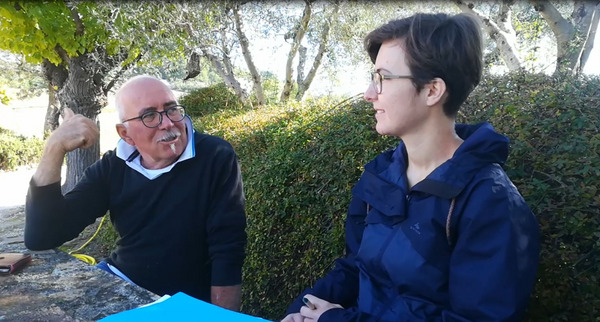The meeting took place in the framework of DiverIMPACTS case study 22 on cereal-vegetable systems for food quality, in partnership DiverIMPACTS partners working on drivers for crop diversification at the farm level. Discussions on agronomic and market topics took place at the farms and new contacts were made with farmers who showed an interest in DiverIMPACTS.
The meeting was an opportunity for the Italian team to work on the case study. Faced with agronomic issues linked to short rotations based on durum wheat and sunflower, and with a narrow choice of alternative crops due to soil characteristics and few local outlets, the case study farmers are all seeking added value by developing a range of products that can be sold directly on their farms or through short value-chains.
The Italian farmers were very interested in the research results. The study investigates examples of crop diversification in several European territories with a variety of agricultural value chains and strategies.First results suggest that most farmers initially diversify their crops to solve problems with their “main” crops (e.g., wheat, durum wheat, maize). Their expectations towards crop diversification then evolve to also include functions such as weed management, improvement of soil properties or reduction of input use. One of the most frequent performance criteria of crop diversification for farmers is its impact on work aspects including workload, work peaks and flexibility. Downstream of the production, the farmers who are not satisfied with the choice of “diversification” outlets that are locally available to them develop a range of alternative marketing strategies, from direct selling to working directly with food industries or with far away retailers, which have an influence on the species they can introduce and on their diversification dynamics.

 tap and then scroll down to the Add to Home Screen command.
tap and then scroll down to the Add to Home Screen command.